There are 5 common diseases and pests in the process of growing flowers. How to prevent these diseases and pests?
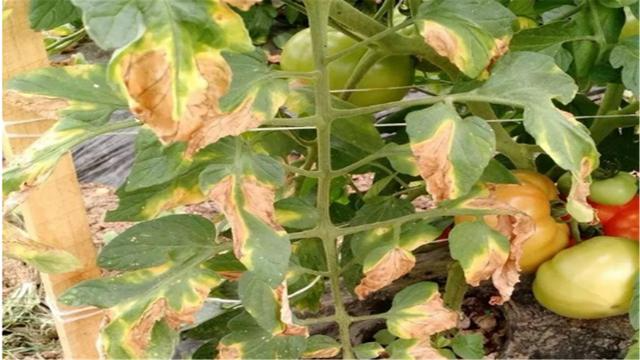
The longer you plant flowers, the more serious the diseases you will encounter. If you want to prevent plants from diseases, you must learn how to prevent them in advance and provide the plants with a suitable environment. In addition, when you find that the plants are infected with pests and diseases, you must promptly prune the diseased leaves and branches, spray fungicides, and let them recover as soon as possible.
After plants are infected with pathogens, these pathogens will absorb nutrients from the plants, causing a lot of harm to the plants. In severe cases, the plants will die immediately.
1. Fusarium wilt
There are several different types of wilt, which are easy to identify. Plants infected with wilt are prone to sudden withering of petals, stems and leaves.
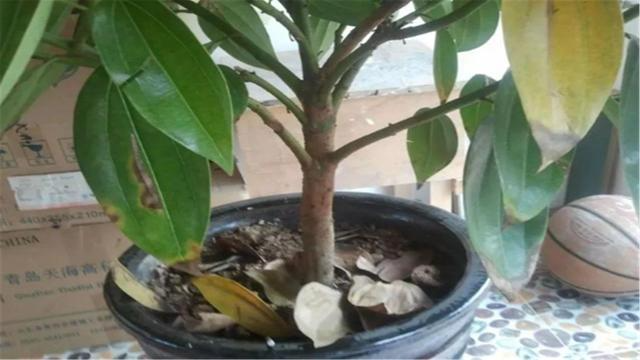
For example, early blight and late blight, common plants, vegetables, fruits, and peach trees in daily life are very susceptible to early blight, which is a pest caused by Aspergillus flavus.
If you have raised tomatoes, chili peppers and potatoes, you will easily see that these plants are easily infected with early blight. Some brown or black spots appear on its leaves, forming a ring. In severe cases, the leaves will wither, and eventually the main stem will be covered with black spots, and even all branches will have black spots. Early blight is very easy to grow in a hot and humid environment.
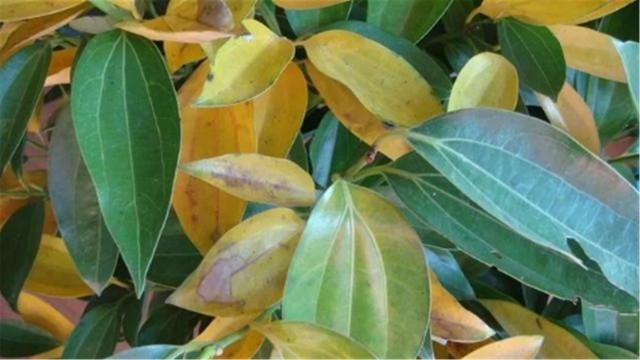
When caring for plants on a daily basis, you need to choose rolling screens. You cannot plant the same plants every year, and you must ensure that the environment has good ventilation. When the weather is relatively humid, you must pay attention to check whether the plants are infected with pests and diseases. If you find that the plants are withering, spray some copper-containing fungicides in time.
2. Late blight
Flowers and plants that are most susceptible to late blight include azaleas, holly, lilacs and cassia trees. After being infected with late blight, the buds and branches of the plants will wither.
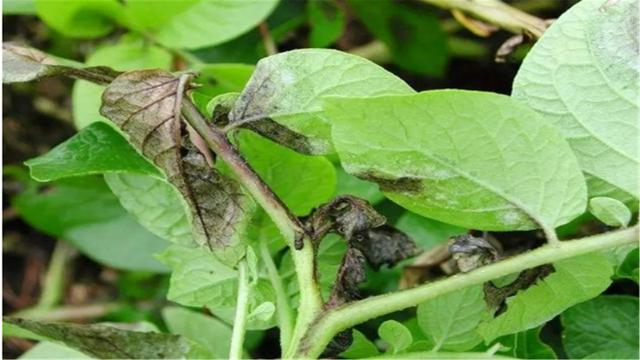
The prevention and control of this type of bacterial diseases and pests is very important. When caring for plants at ordinary times, you should pay attention to giving the plants appropriate support, erecting some support frames, straightening the branches of the plants, keeping the leaves and branches away from the ground, allowing the branches of the maintained plants to be ventilated as much as possible, and avoid watering at night, otherwise it is easy to be infected with late blight.
3. Rust
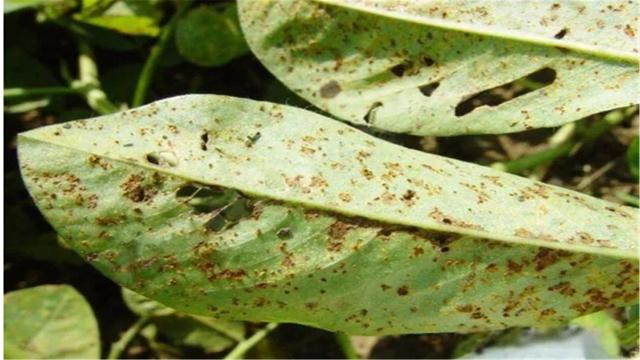
Rust is also a bacterial disease. After being infected with rust, the leaves will appear dark brown or rusty colors, which are easy to appear on some branches. To prevent rust, it is very important to maintain a ventilated environment. In addition, it is necessary to spray fungicides regularly for prevention. Once the plant is found to be infected with rust, the diseased leaves and branches should be removed immediately, and then some neem oil should be sprayed, or sulfur suspension, tebuconazole or diniconazole should be purchased immediately. The branches infected with rust should be cleaned up and they should not be left on the soil surface.
4. Leaf curling or leaf blistering
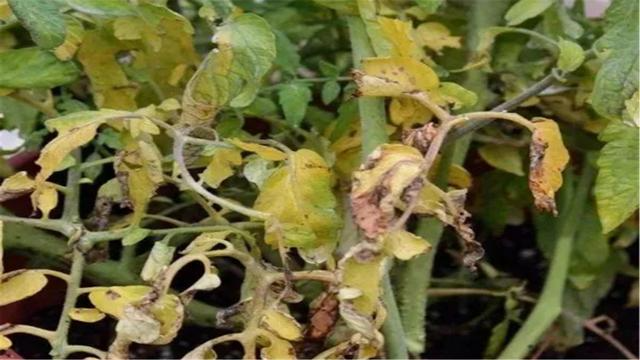
This is also caused by bacterial pests and diseases, which can cause the leaves of plants to bend, curl, and easily blister. If you find that the leaves that have just grown out of the plant are white, and the petioles also grow abnormally, and eventually cause the leaves to curl or blister, this situation is bacterial infection.
At this time, you need to spray some fungicides in time, such as thiophanate-methyl or thiophanate-methyl solution. Bacterial pests can be controlled chemically. You can use two spoons of baking soda, add 4 liters of water, and spray in a warm and dry environment.
5. Black spot
Black spot is a very common bacterial disease and pest. These black spots are very likely to appear on the leaves. Plants infected with black spot are very likely to have leaves fall off.
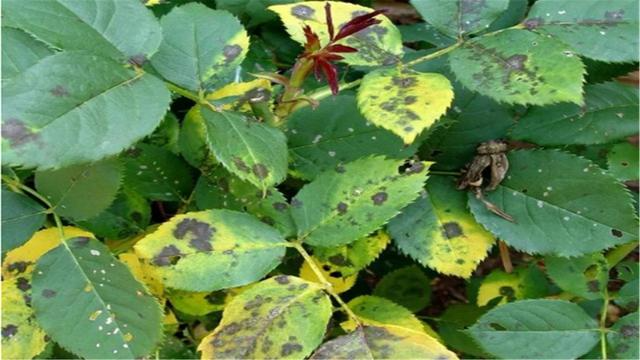
If you have ever raised roses, you will often see black spot disease. The leaves of plants infected with black spot disease will have some gray-black spots. These black spots will continue to spread outward, eventually causing many black spots to appear on the entire rose branch, and eventually causing the leaves to fall off.
The key to preventing black spot is to avoid damp, cold and dark environments, give the plants more sunlight, and pay attention to regular pruning of roses with good ventilation. Spray some soda solution on roses from time to time. Mix a spoonful of soda in 4 liters of water, stir well, and then spray on both sides of the leaves. Spray once every two or three weeks to prevent roses from being infected with black spot.
Once the rose is found to be infected with black spot disease, the diseased leaves should be cut off immediately and fungicides should be sprayed immediately, such as thiophanate-methyl, tebuconazole, polysulfide suspension, anthrax-thimerosal or methyl thiophanate.